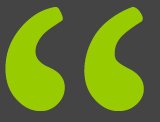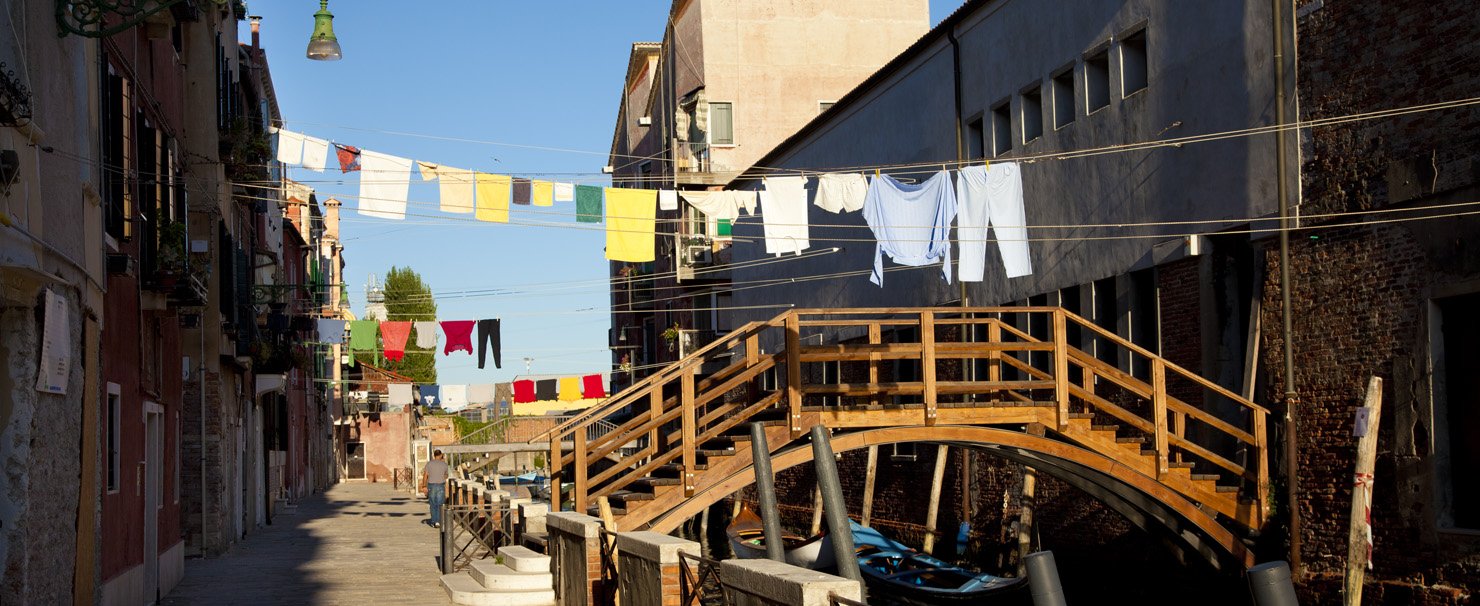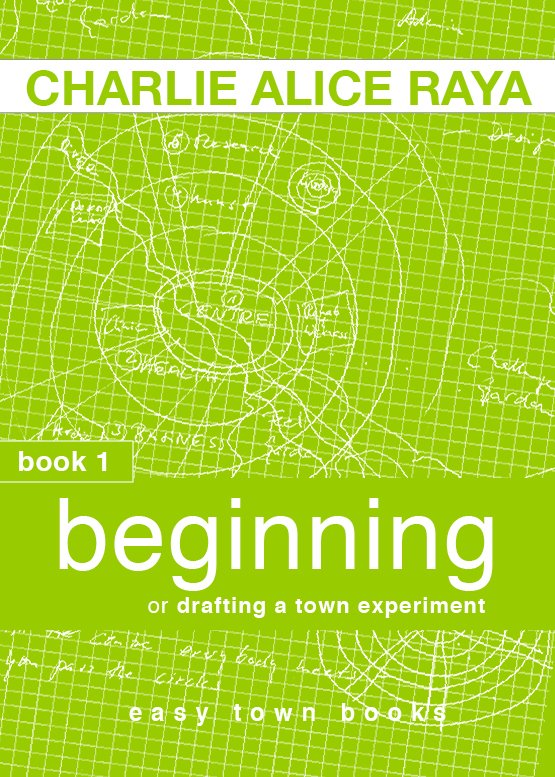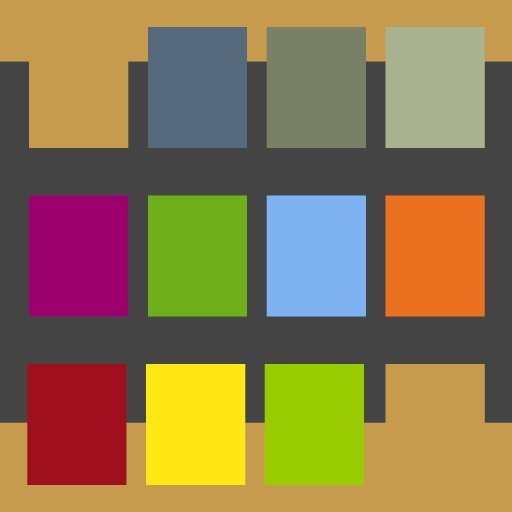last updated: 12 March 2023
The team presentations
At the first Easy Town conference, book 1, beginning
16:00 | Introducing the Project Teams
Presenter: Leo Jones
DESIGN
Speakers: Olivia Martin, Ethan Jones, Kim Bower, Jason Eagles
HEALTH & CARE
Speakers: Simon Layers, Adriana Bricks, Skye Matisse
ECONOMICS & BUSINESS
Speakers: Alistair Mullen, Graham Benson, Tom Holbon
ARTS & CRAFTS
Speakers: Levi Chester, Roger Giles, Jack Harris
ADMIN & SOCIETY
Speakers: Colin Cross, Beatrice Johnson, Michael Peters
RESEARCH & EDUCATION
Speakers: Florence Webster, Fran Holbon, Andy Lawrence, Robin Hussan
ECOLOGY & AGRICULTURE
Speakers: Dana Williams, Scott Merger, Megan Rhys

The team presentations were a wonderful contrast to the previous events, lightly done and illustrated by an animation of the town, on the screen above the stage.
After the lights in the auditorium were dimmed, the spotlight panned over all seven teams and stopped to highlight the Design Team. They were first.
Ethan made a start by introducing the circular layout of the town. One by one the circles appeared on the screen until a full map of the town was completed. While Kim talked about the town gardens, they materialised on the screen too. Two stick fighters jumped around in the Challenge Garden, a wheelchair patient and an artist sat together in the Common Garden, easels in front of them, and a group of children explored The Senses Garden. Next Jason snapped with his fingers, and apartment houses, detached houses, workshops, factories, a hospital, a school and a theatre appeared on the map, briefly looming large and then shrinking to map-size. In his closing remarks, Jason explained how the different needs of individuals were reflected in the different sizes, forms and locations of the buildings. And he took a moment to talk about the health implications of insufficient space, closing with: ‘This is what I have learned from working on our project: Not everyone needs a lot of space. There’s still a bit of a caveperson in many of us. But there’s a limit to how many people we can cope with in our proximity. And that too is reflected in our town planning, in the location and size of our gardens, and in our buildings.’
When the spotlight turned to the Health & Care Team, the animation zoomed in on the town centre where a cartoon wheelchair patient and their family were ready to give a demonstration of a day in a patient’s life. Simon, Adriana and Skye highlighting points like accessibility to the town centre, individual rooms and routines, individual care and treatment, interacting with other patients, treatment in The Senses Garden, cooperation with craftspeople and artists, gardening on the hospital’s roof, learning with children, the involvement of the patient’s family in the healing process, and offers for relatives of patients such as accommodations, jobs, support groups, leisure activities, and sports groups.
And of course, the nurse who took a break on a farm, and afterwards told her patient how she learned to face down cows, got a mention too. And Megan from Agriculture added a little testily that no one should try this without a farmer’s guidance.
For Economics & Business, the animation zoomed out to a full map of the town again, and while Alistair, Graham and Seth spoke little dots and routes appeared on the map, indicating the business cycles in the town. Ethan and Simon, from Design and Health, added a few points on why the locations of businesses would play a role in the experiment, such as short distances between living and working spaces, avoiding noise and air pollution, proximity between different professions and demographies.
Seth closed the presentation with a glimpse into some of the project’s companies such as dot.international, with a snap of the finger, two wheels, soap opera, simply lemons, sweet tooth, pepper books, tomato pics, chuck the limits arts supplies, straight forward systems & software, plastic free devices and office supplies, and natural packaging.
While Levi, Roger and Jack from Arts & Crafts spoke, a colourfully flickering spiderweb appeared above the town. It slowly descended and melted into the map, here and there showing little coloured flickers to indicate that Arts & Crafts would be part of the very fabric of the town by interweaving with all aspects of life. Levi closed the presentation with: ‘An artist is a needy creature. The artist needs solitude, time to contemplate, time to create. But the artist also needs the bath in the crowds, the interaction, the confrontation, the praise. And while there is some selfishness involved in this, the artist always dreams of creating something that makes a difference, that makes a contribution, that gives us something we were missing or hadn’t seen yet. Art, in that respect, is very generous. By integrating the arts in the way we do, we hope to integrate some of this generosity, this desire to give, into our town and into our lives, no matter how needy we are.’
Admin & Society added people of all ages and professions to the map, demonstrating the balanced demographic mix in the town. As more people mingled on the streets, the first tourists and new patients arrived, and Beatrice explained how the special town features on the Hub would simplify administrative tasks in the town and make visits more pleasant for tourists and patients. Michael from Society said at the end of his presentation: ‘In our experiment, we have the unique opportunity to question the way we grew up and live. And more, we get a chance to test values and rituals which reflect our time, our needs, and our priorities for our future.’
Next Research & Education sent their researchers into the field, and called their pupils and students to their lessons while speaking about different teaching methods. Then the animation zoomed in on one of the educational squares, Socrates Square, and Robin illustrated the first day in town for a young man who had no idea what to do with his life. And so he started to explore everything that was on offer: he joined the seniors during their morning workout, he helped the librarian with a new delivery of books, he peeled potatoes in a restaurant, listened to a lecture about colours and their effects on the brain, he watched as a tailor measured a new customer, he accompanied a lawyer to a client. And in the evening, he met with other young people in a bar to discuss who they are, and who they might want to become next.
The animation zoomed out again, and Fran spoke about the preparations for the actual experiment. ‘At the moment, the Research Team focus on identifying all the variables we might want to include in our experiment. The next step is to set up teams who research related groups of variables, such as all the variables concerning business models, or all the variables concerning our health. And other teams will research how to connect the different fields of our town experiment.’
Ecology & Agriculture had the lights turned off, on stage and on the screen. Then one by one, lights appeared on the map of the town, demonstrating how the town would work with a quarter of the average power consumption in an industrial nation.
When the animation turned to daylight again, Dana introduced the rubbish pipelines system and talked about the water provision in town, pointing out: ‘Every household will have direct access to drinking water. And we decided to make drinking water available in refilling stations throughout the town. This way we avoid the use of plastic bottles and everyone has access to drinking water everywhere. Water will not be sold in our town since we regard it as unethical to make money from a basic right, even more so when the trade with water vastly increases the use of plastic. Our water infrastructure will be financed via a small annual fee for every towner, and a fraction of that fee for every tourist.’
Megan talked about food provisions while little town farming gardens and small food processing factories materialised on the map. ‘In everything we do, restoring and maintaining biodiversity is one of our aims. Therefore we will have wild growth in our town and on our fields, as well as passages and safe areas for the wildlife in our vicinity.’
While Megan gave some examples, all sorts of animals from butterflies to deer, and hens to horses drew the attention of the townspeople, who were strolling along the streets of the animated town.
book 1, beginning, at the conference
book 1, beginning, e-book
book 1, beginning
Alice Adler sets out to convince the US billionaire Tom Holbon to build a town experiment. The aim of the experiment is to rethink — well, everything.
Pages: 456 pages, 134k
Format: ePub
Price: €8.78 (incl. VAT)
ISBN 978-3-00-060915-2


